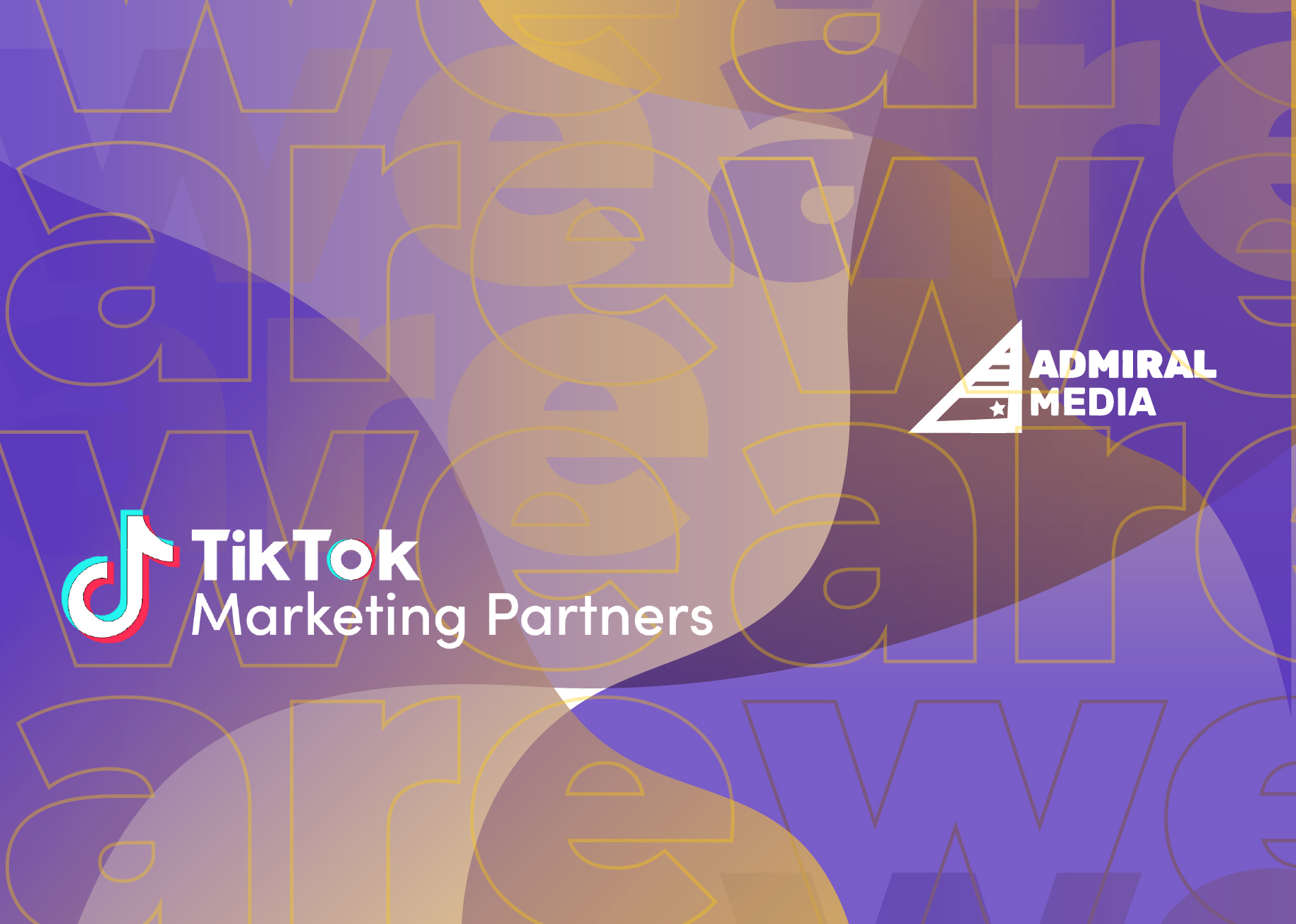If you have been seeing a rise in your Facebook ad’s CPM rates over the past couple of months, you are not alone. There is a lot of talk about this increase in costs in the ad community. So let’s see how to push down Facebook ads CPMs.
Data from Revealbot shows that the Facebook average CPM on January 2020 was below $9.89 while this average increased to $14.69 by November 2021. That’s a ~48% increase in a short time.
However, this increase is way more for certain business categories such as finance and education businesses. This also forces businesses to increase their prices to be able to cover this increase in advertising costs.  We all know the reason, the competition is growing, and iOS 14 stripped Facebook of its targeting power. As a result, the algorithm isn’t as efficient as it used to be and advertisers are confused so they raise their bids trying to win the impression at any cost.
We all know the reason, the competition is growing, and iOS 14 stripped Facebook of its targeting power. As a result, the algorithm isn’t as efficient as it used to be and advertisers are confused so they raise their bids trying to win the impression at any cost.
However, you still can try to decrease your CPMs and potentially pay less for your conversions or acquired users which will help you grow and expand to new markets.
Before we get started, you need to understand that the product is the first thing you should look at when it comes to looking for how to decrease your CPMs. Promoting a bad product or service will always be expensive, as users will churn eventually.
In addition to a great product, great creativity is the second stop. iOS 14 affected every business and stripped Facebook’s algorithm for its highly needed data points to build a good targeting profile, this means we’re back to ABC marketing and getting users’ attention is the first step to decrease costs, especially CPMs. It’s a simple equation: get your ad to hook more people and the algorithm will reward you back by charging you less money and showing the ad to more people.
Read more: Pinterest vs Facebook
Now with this in mind, let’s take a look at the top things you can do to decrease your CPM!
- Run different campaigns types: If you’re running app install campaigns to generate in-app actions or app installs, you can test web conversion campaigns and optimize for an app store button click. If you see rising costs on your manual app install campaigns, try automated app ads.
- Broaden your audience: The smaller the audience, the higher the competition, and so the more you need to pay to show your ad to a user. While a large audience gives the algorithm more room to optimize. Here you can try to consolidate your Lookalike audiences into one ad set or try a broad ad set.
- Enable all placements: If you’re not using this already, then you need to give the algorithm more room by using all placements. Your budget will be first spent on best performing placements, then least performing. So, you are still going to get the most out of your budget.
- Implement the conversion API: Chances are you’ve already done this, but if you haven’t, then you need to implement Facebook Conversion API. This allows a server-to-server tracking between Facebook and your website, so you don’t need to rely on cookies. For mobile apps, this will be the Facebook SDK. That will give Facebook access to more data points to be used in optimization and targeting.
- Avoid ad fatigues: Ad fatigue is real and the more the user sees an ad, the less they interact with it and the more you will have to pay to show them that boring ad again. It’s a big loss because those users will get bored and you will pay more.
- Wrong bidding strategies: The difference between bid cap and cost cap is significant in your performance. A cost cap bidding type will automatically discard you from auctions. That could result in paying slightly more than your bid. While a bid cap will give you this 20% extra flexibility to enter into auctions that may end up costing you more than your bid. But it’s important for the algorithm to learn quicker and maintain a stable volume of results. You need to pick the right one for your business model and based on what event you’re optimizing for.
- Avoid waste: Audience overlaps, poorly made creatives… These mistakes will burn your budget and take down your business. Avoid them at any cost.
- Don’t lose your patience: Many advertisers will lower their spending the moment they don’t reach their desired costs. Well, this could be good because you saved yourself a budget. But also bad because your business needs sales and users. Keep focusing on finding why you didn’t reach your KPIs yet. How you can reach them, and always test what matters because 95% of A/B tests fail.
Conclusion
Facebook ads were a goldmine and will still be for the majority of the businesses out there. As long as your business needs customers and sales, you need Facebook. Also, their ad algorithm is still one of the most successful ones out there.
However, Facebook made it super easy for businesses to run ads and get good returns on ad spend. This increased the competition to an all-time high and will keep increasing it.
In addition to that comes the iOS 14 changes. That made it very hard for Facebook to get access to the data needed to be an efficient and effective ad channel.
Advertisers are still struggling to get Facebook to work as before. But there is still a chance, and it’s getting better every day. So, keep testing what matters to your business and focus on the ABC of marketing. Maybe experiment with other channels while working on getting Facebook back on track. That’s it for this channel, see you in the next article. Ciao!






